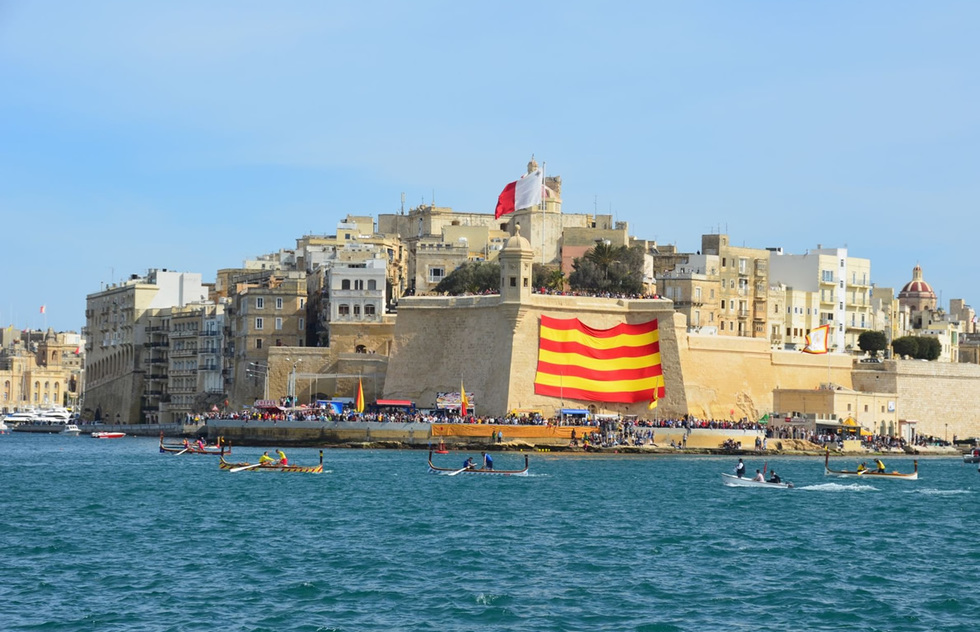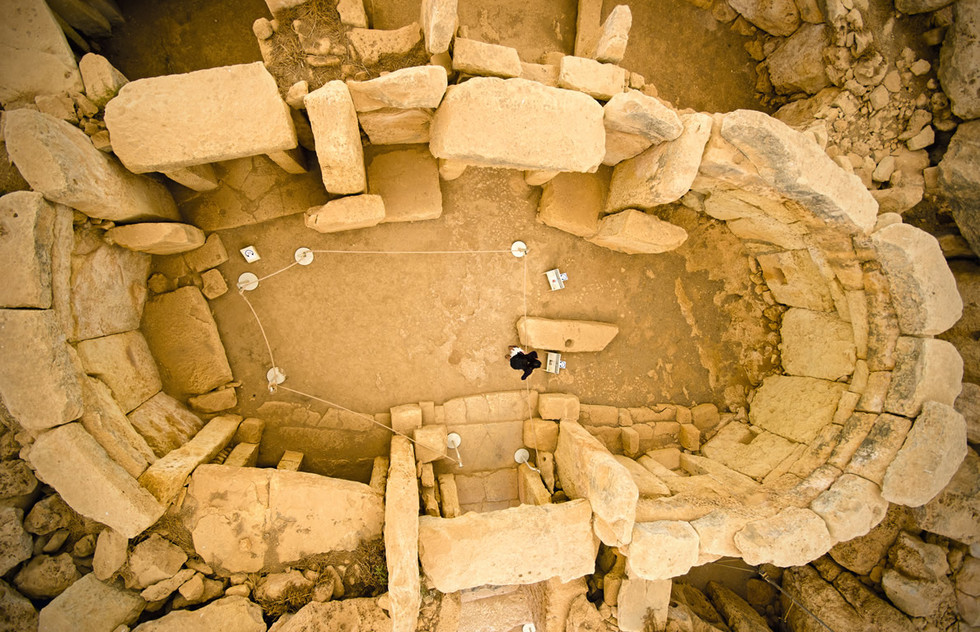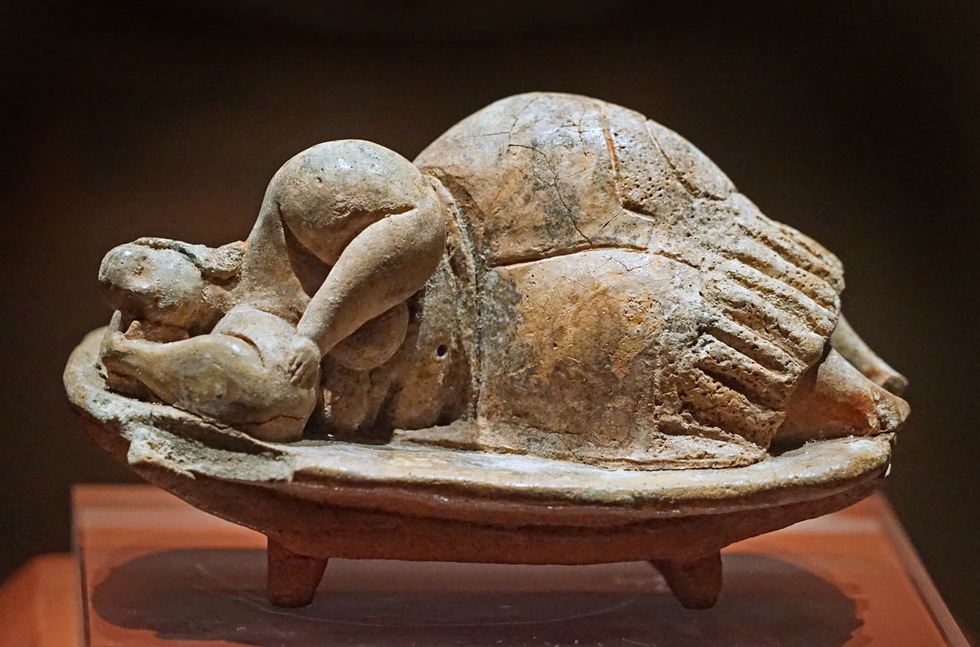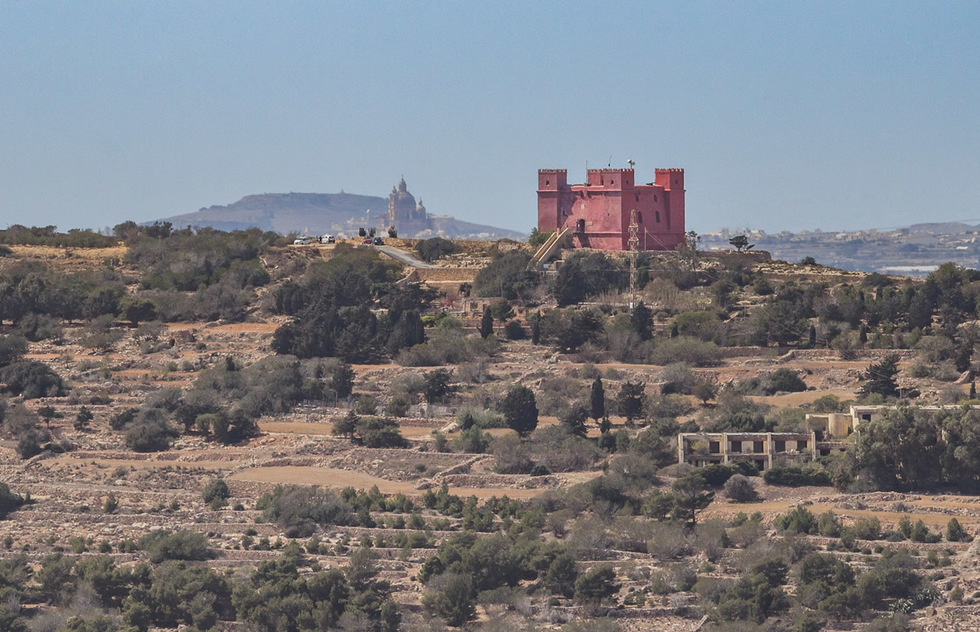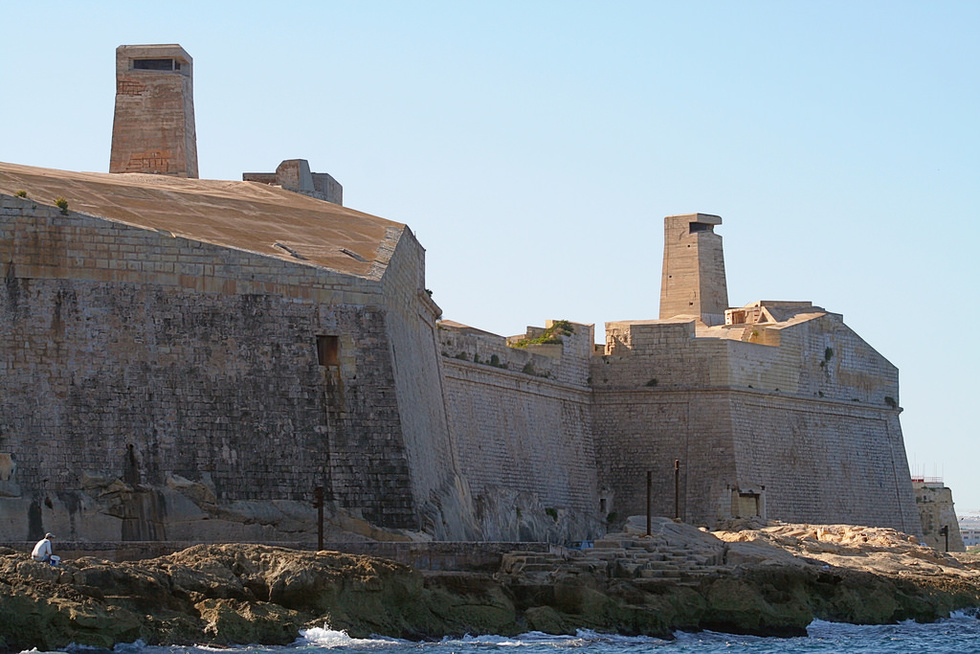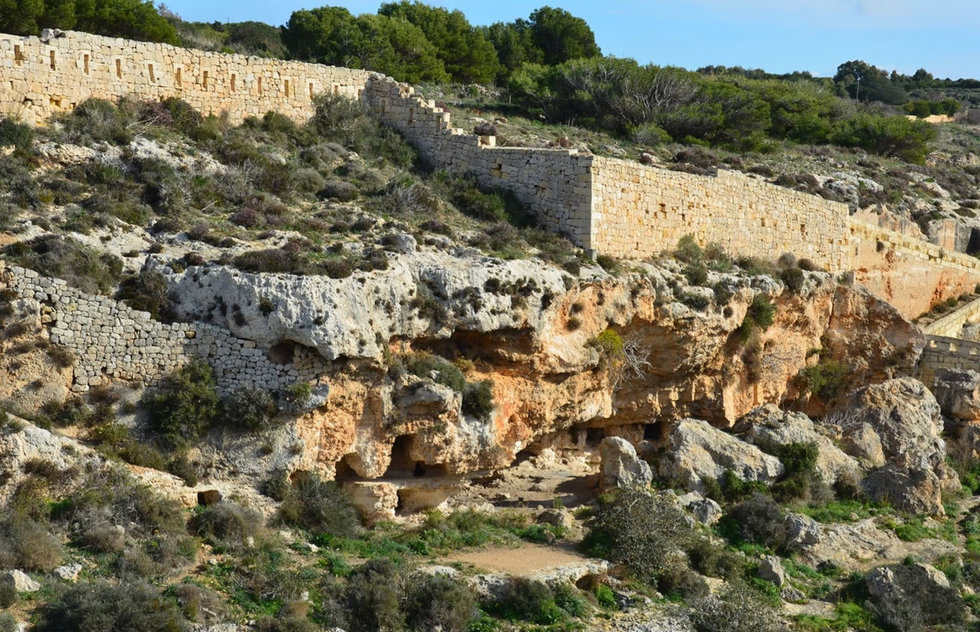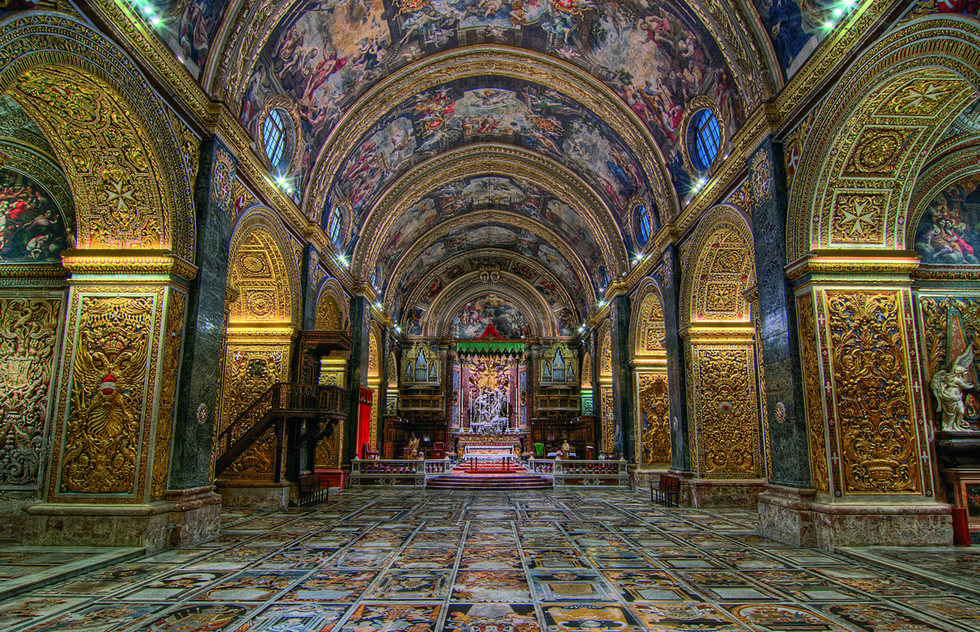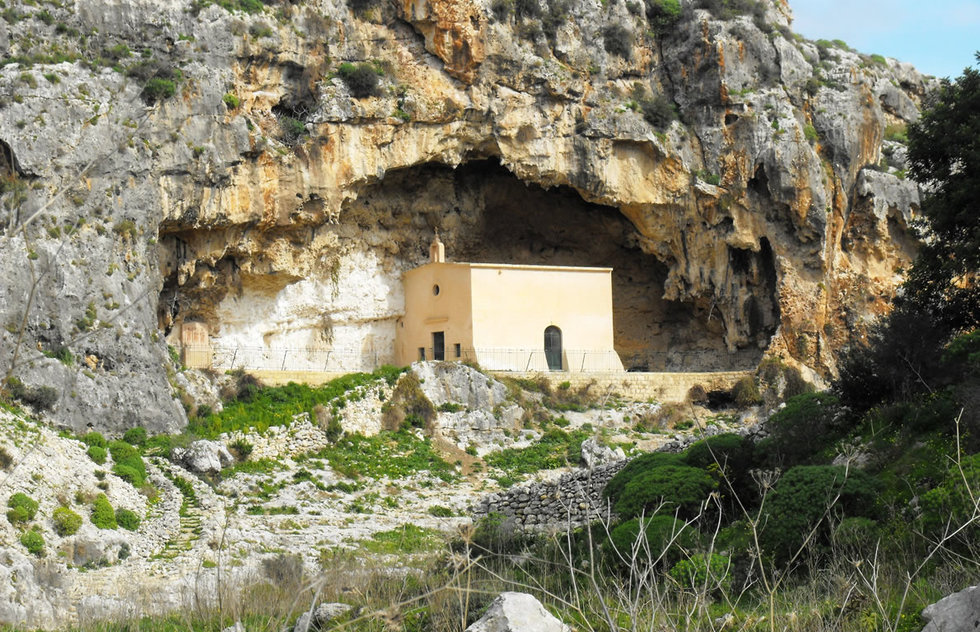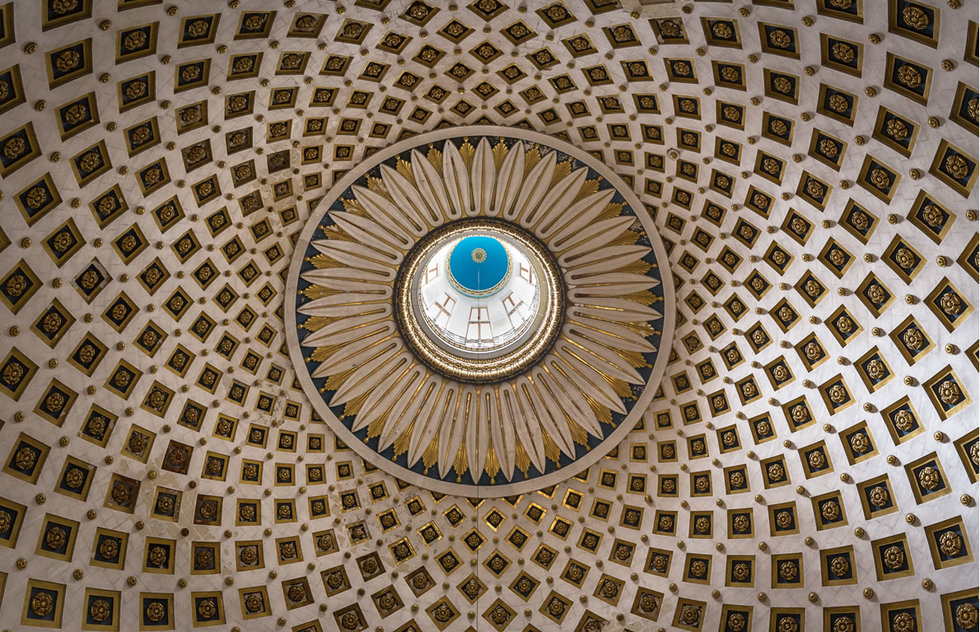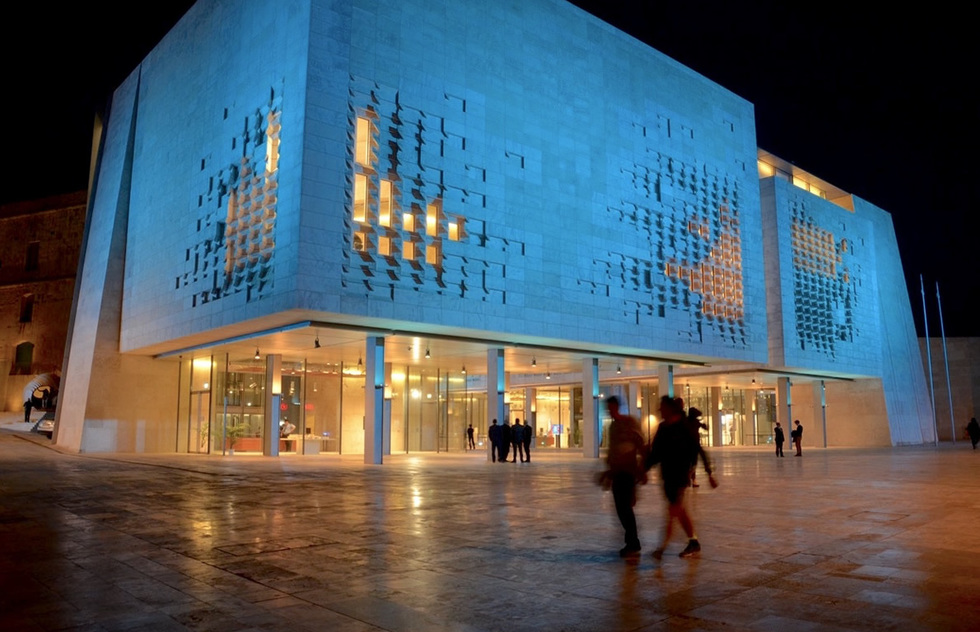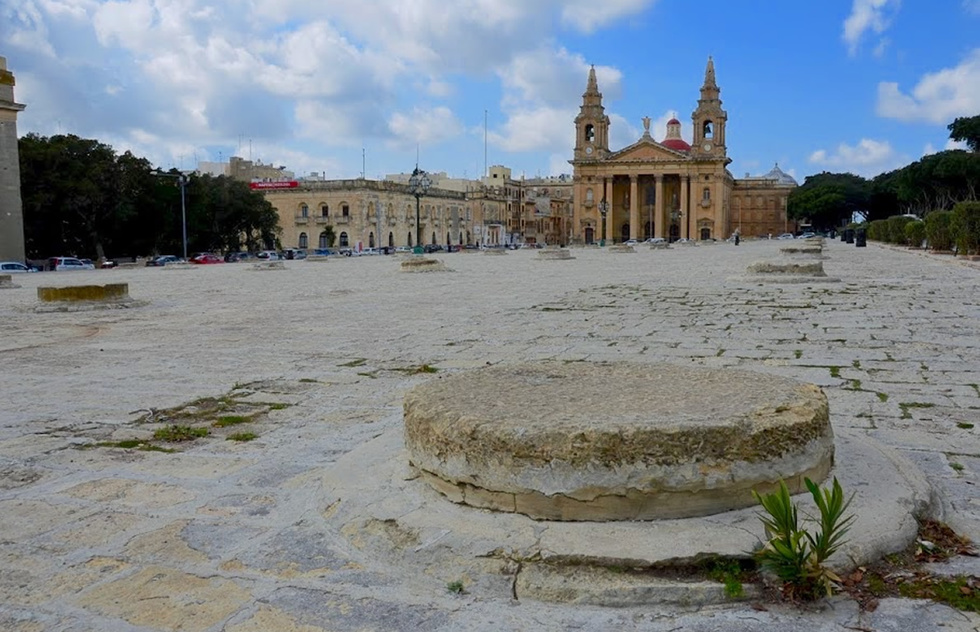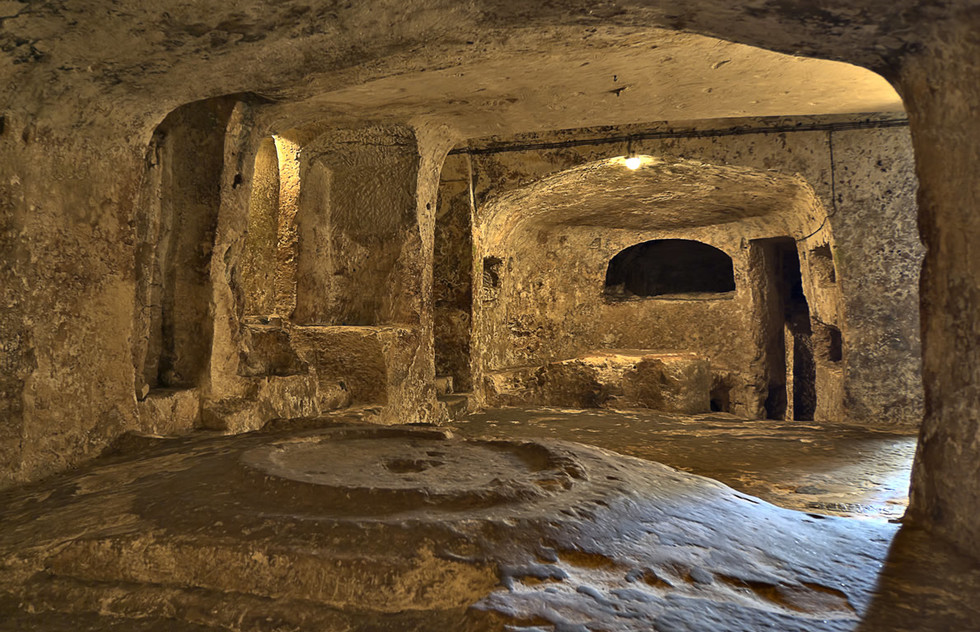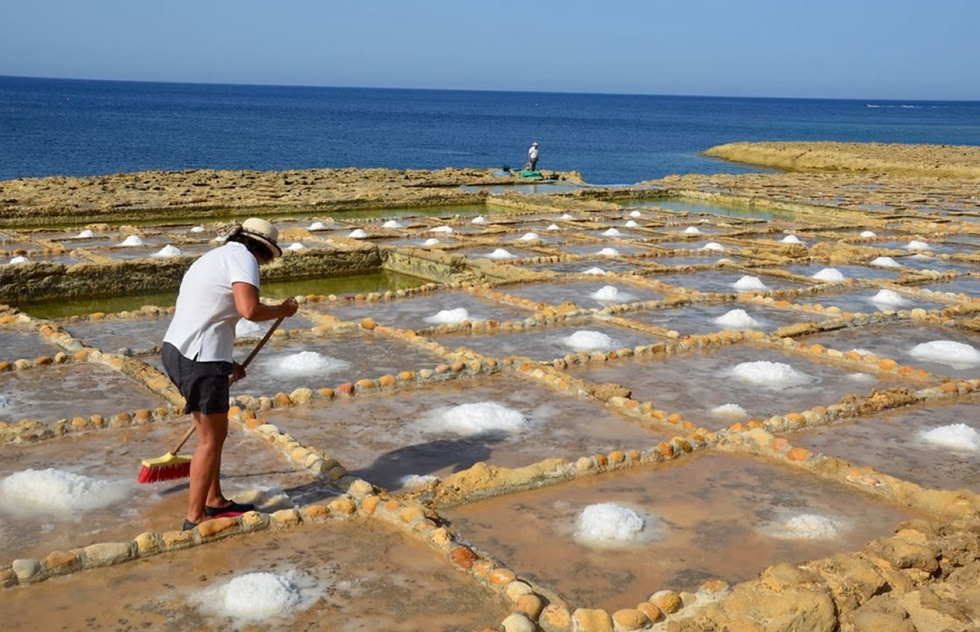Hidden Malta: Exploring the Island's Great Sights, Beyond the Beaches
By Tricia A. MitchellThe subterranean Hypogeum chambers are also a UNESCO World Heritage Site. The place is thought to have been used as a sanctuary, then as a burial complex. Thousands of human remains were found here, as was the Sleeping Lady—a statuette depicting a plump woman at rest. (The intriguing figurine, pictured above, is housed inside the National Museum of Archaeology in Valletta.) The three levels of the Hypogeum were carved out of living rock, with the oldest sections possibly dating back to around 4000 BC. The site was long forgotten before it was uncovered by construction workers in 1902. A guide will lead you through the damp and eerie spaces, pointing out decorative swirls of a primitive paint made from red ocher. Due to the delicate condition of the Hypogeum, visitor numbers are limited and photography is prohibited. Therefore, you’ll want to purchase tickets in advance—but it's unquestionably worth it. You can book online by visiting Heritage Malta, the national agency that manages the site.
With its flamingo-pink exterior, the Red Tower (also known as Saint Agatha’s) looks more inviting than intimidating. However, this fortified structure built in the mid-17th century has provided defense for hundreds of years, even as recently as World War II. Located on Malta’s northern coast, the watchtower has extraordinary views of the azure Mediterranean, the rocky landscape, and the smaller islands of Gozo and Comino. While today’s panorama is romantic, life here wasn’t always so rosy. Centuries ago, the Maltese had great reason to be fearful of the threat posed by Ottoman Turks and North African pirates. These invaders were known to make swift attacks, stealing food and farm animals, and even taking adults and children into slavery. To combat invasion, the Knights of St. John constructed an extensive network of watchtowers and fortifications throughout Malta’s islands, all connected by line of sight, allowing one tower to signal the next if a threat was spotted on the horizon. The Red Tower is located in a remote part of Malta near the ferry terminal connecting the islands of Malta and Gozo. Since it’s close to Mellieħa’s beaches and the Għadira Nature Reserve, you may choose to combine a few of these attractions.
Because of Malta's strategic location, seemingly half the world has fought over the island at one time or another. Fort St. Elmo is best-known for its role in the Great Siege of 1565, when the Knights of St. John defeated the Ottoman Turks. However, the story doesn't stop there. The star-shaped fort was a prison during the brief French occupation (1798–1800), and then the British used it as a defensive structure during World War II. The 1978 drama Midnight Express was also filmed here, standing in as a Turkish prison.
Today, St. Elmo houses one of Malta’s most popular sites, the National War Museum.You’ll find armor worn by the Knights of St. John and the Ottomans during the 1565 siege, plus “Husky,” the Jeep that President Franklin D. Roosevelt rode during his 1943 visit to Malta. Perhaps the most cherished artifact is the George Cross, an award given to the island by King George VI of the U.K. in 1942. It recognizes the Maltese people’s bravery and resilience despite relentless bombing raids carried out by Axis powers during World War II. The king's handwritten letter, displayed next to the modest silver medal, acknowledges “a heroism and devotion that will long be famous in history.” So significant is the George Cross to Malta that it was even incorporated into the design of the country’s flag.
Built by the British in the late 19th century, the Victoria Lines are informally referred to as the “Great Wall of Malta.” Spanning the width of northern Malta for about 8 miles, the fortifications are mingled with newer walls, forts, and batteries, plus tombs and caves used during Punic times and by early Christians. Some caves even served as makeshift bomb shelters for farmers trying to escape World War II air raids. The Victoria Lines are a lesser-visited attraction in Malta, but because they were built upon a steep slope, you’ll be treated to magnificent views of the countryside as you hike them. Their westernmost point is Kuncizzjoni, while their easternmost landmark is Fort Madliena. If you’re not up for the entire walk, the so-called Dwejra Lines segment is considered one of the best preserved. For the 17th-century chapel and rugged Punic tombs nearby, the area near the Binġemma Gap is especially scenic.
Built in 1577, St. John’s Co-Cathedral is the centerpiece of Malta’s capital city of Valletta. The church boasts a Caravaggio painting (The Beheading of St. John the Baptist), gilded decorations, and a patchwork-like floor composed of hundreds of colorful tombs. Both the building and the city surrounding it were built following the Great Siege of 1565. They were part of a massive civil engineering project that transformed a barren peninsula into a fortified colossus that would serve as the political and military center of the Knights of St. John. Grand Master Jean Parisot de la Vallette, the heroic leader of the Knights during the Great Siege and the namesake for Valletta, is entombed here.
Despite being a small country, Malta is home to more than 350 churches and chapels, many of which have similar Baroque architecture. Nestled in a cave not far from the town of Mosta, the 17th-century Chapel of St Paul is refreshingly different. This spot isn’t a staple on most travel itineraries, but the chapel’s countryside setting and low-key nature make it appealing if you’re looking for a serene afternoon. The so-called Wied il-Għasel (Honey Valley), where the chapel is located, is dotted with prickly pear cactus plants and carob trees.
With one of the largest unsupported domes in the world, plus an opulent ceiling reminiscent of a Fabergé egg, the Mosta Dome is an impressive sight. But the Rotunda—as it’s often called by locals—is associated with a miraculous event, too. A Nazi bomb broke through its ceiling during a church service but failed to detonate. As you marvel at the magnificent architecture, be on the lookout for the section of the dome that was damaged. The lack of gilding should make it easy to spot. The church’s neoclassical elements, coupled with its oculus, bring to mind Rome’s Pantheon. This is unsurprising given that the Rotunda’s designer, Giorgio Grognet de Vasse, is said to have been inspired by the iconic Roman landmark.
The Valletta City Gate Project includes the Maltese Parliament building (pictured above), an open-air theater, and the City Gate. The complex was designed by Renzo Piano (famous for conceiving London’s Shard) and was completed in 2015. While the project uses the same golden limestone as Valletta’s baroque buildings, the modern appearance has provoked some controversy. The facade of the Parliament building has been likened to a cheese grater, and the open-air theater has been described as looking unfinished. Despite the complaints, the project marks a new era of development in Valletta. Prior to completion, the once-grandiose Royal Theater, now called Pjazza Teatru Rjal, was an empty shell following an aerial attack in World War II. Today, it hosts musical and dance performances. The new Parliament building, meanwhile, was once a parking lot. Piano’s City Gate is the fifth version of the main entrance to Valletta. The newest portal is streamlined and has more room for foot traffic than previous incarnations.
More than 70 peculiar stone slabs dot Pjazza San Publiju, one of Malta’s largest public squares. These stone lids cover granaries (underground pits) that were built in the mid-1800s. The subterranean silos were constructed to protect against times of food scarcity, and can hold 30,000 bushels of grain. Il-Fosos, as these granaries are known by locals, are located in Floriana, a neighboring town to Valletta. A wide variety of events take place in Pjazza San Publiju, including opera performances, an MTV music festival, political gatherings, and fireworks competitions. The square is overlooked by the St. Publius Parish Church, a structure that’s illuminated in colorful lights for its saint’s day festival.
Carved from the rock beneath the town of Rabat, St. Paul’s Catacombs are as eerie as they are fascinating. Though conceived as an underground cemetery, the subterranean complex has also been quarried and looted. For a time, residents even used it for makeshift animal pens. Today, you can still see multi-faith tombs of all shapes and sizes, as well as stone tables and couches sculpted out of the living rock. It’s believed that family members would dine on this stone furniture, perhaps to commemorate the lives of loved ones buried nearby. If spending too much time here sounds macabre, combine a visit with the nearby city of Mdina (formerly the capital, and now an exquisitely preserved walled town) or the Domvs Romana (an Ancient Roman townhouse with impressive mosaics, marble statues, and glass artifacts).
For centuries, pans have graced many of Malta’s shorelines, producing highly prized sea salt. It’s believed that some of Malta’s salt pans date back to Ancient Roman times, when salt was possibly used as currency. The Xwejni Salt Pans, found on the northern coast of Malta’s sister island, Gozo, have been farmed by the same family since 1860. Resembling a rocky checkerboard, they are some of the country’s most picturesque pans. Contrasted against the sapphire-blue sea and sky, they're beautiful even when there is no salt in production.
The mineral is generally harvested between May and September; under ideal conditions, a harvest can yield 20 metric tonnes (22 U.S. tons). The salt harvesters allow seawater to collect in the shallow pans, whereupon the scorching summer sun starts the evaporation process, eventually leaving only snowflake-like crystals behind. Salt farmers then methodically sweep the mineral into piles and, later, into burlap sacks. The family’s shop is across the street, built into a golden rock formation that’s been eroded by the wind and sea over time. The spot is about one mile from the town of Marsalforn, a good place for swimming.
Frommer's chose Malta as one of the Best Places to Go in 2018! To discover our other selections, click here.





